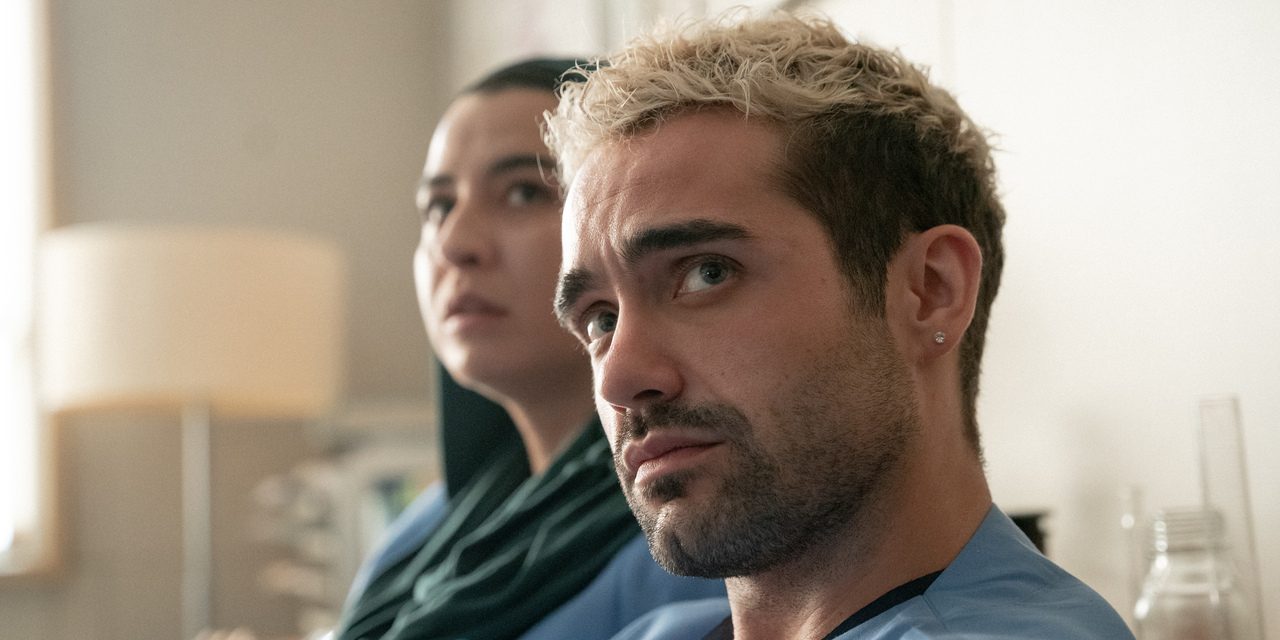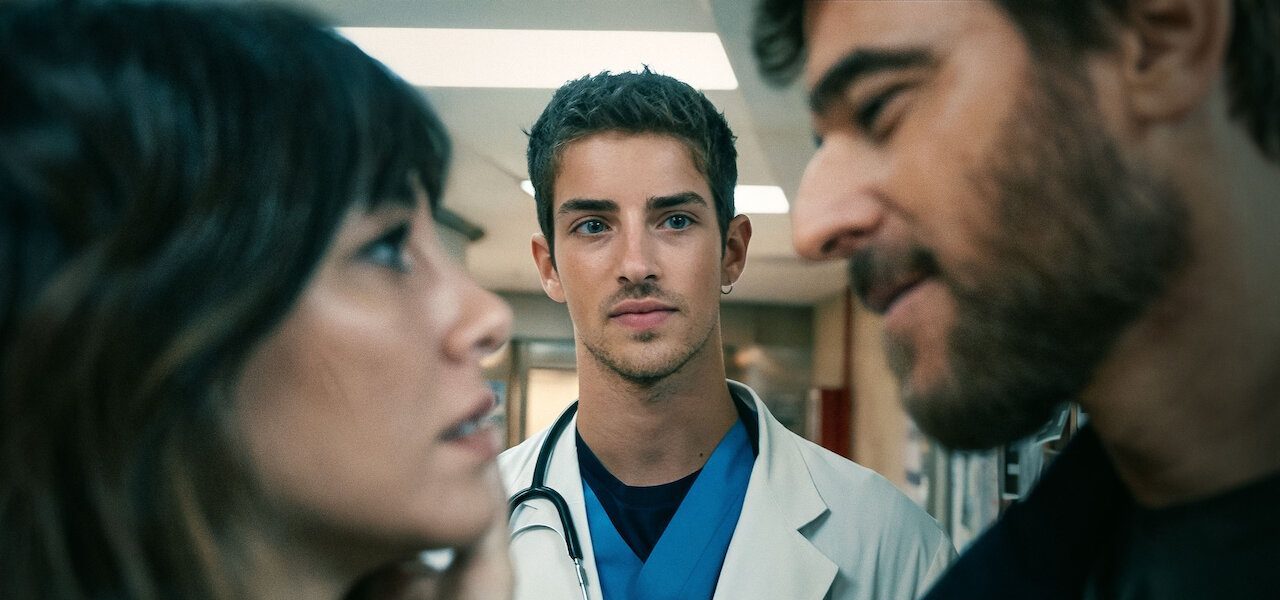Netflix’s Spanish TV series ‘Breathless’ offers a compelling experience for its viewers. Set in the Joaquín Sorolla Hospital in Valencia, Spain, the central characters come together to create a medical drama that is both captivating and thought-provoking. The series, originally titled ‘Respira,’ follows Biel, a public hospital resident who navigates through hectic days filled with emergency care and resource management to deliver the best possible treatment to his patients. However, his challenges reveal that the reality is far from the ideal.
Amid a public health system grappling with resource shortages, the working conditions for doctors at the hospitals are far from what the doctors deserve. When a high-profile patient arrives, the underlying tensions come to the surface. A strike by medical professionals is announced, leaving Biel torn between supporting the cause and his commitment to his patients, who he believes shouldn’t suffer due to these circumstances. Created by Carlos Montero, known for ‘Elite,’ the series raises significant stakes, and given the rising societal and institutional crises, one might wonder if events are based on a true story.
The Creators of Breathless Paid Great Attention to Accuracy on Set
Written by Carlos Montero, Carlos Ruano, Guillermo Escribano, and Pablo Saiz, the eight-episode TV series is not based on any true story or incident. However, the team conducted extensive research and groundwork to capture the essence of the public health sector in the country. The result is a hyper-realistic setting where fictional characters meet and interact. Through this, they have successfully raised questions that are highly relevant to the political discourse in Spain and worldwide.

The Joaquín Sorolla Hospital, where the series is set, was meticulously crafted with exceptional attention to detail. The set is almost a permanent structure, with only particular walls designed to be movable for easier filming. The creators and every production team member were dedicated to making the hospital as realistic as possible, paying close attention to even the smallest details. For instance, the names on patient waiting lists, the posters on the walls, and even the labels on medicine bottles were all created with great precision. It took nearly six months to complete the set, significantly enhancing the immersive experience for viewers.
In an interview, Montero mentioned that he was impressed with what had been created the first time he walked onto the set. However, unlike a fully functioning hospital, he noticed everything was too neat and clean. They added scuffs, loitering trolleys, scribbles on the walls, and other small details during filming to enhance authenticity. These touches made the set feel more like a real hospital, giving the series a heightened sense of realism.
Echoes of Real-Life Protests in Breathless
Also, the strike of medical professionals is not uncommon in Spanish history. The first major protest occurred in 2012 during the peak of Spain’s financial crisis. Known as the “White Tide” movement, this series of demonstrations saw healthcare workers across the country taking to the streets to oppose austerity measures imposed by the government. These measures included budget cuts, privatization of healthcare services, and staff layoffs, severely affecting the quality of care. Medical professionals, dressed in white coats, led massive demonstrations in cities like Madrid and Barcelona, rallying against the deterioration of the public health system.

Another crucial medical protest in Spain occurred in 2018 when primary care doctors in Catalonia organized a five-day strike, demanding better working conditions and more time to spend with patients. This protest highlighted the chronic understaffing and overworking of doctors, who were often forced to see up to 40 patients daily with little time to provide quality care. The public widely supported the strike, as many people were frustrated with the long waiting times and the declining standards in primary healthcare. The protests responded to years of cuts in healthcare funding, which had left the system under-resourced and overwhelmed. As a result of the strike, the Catalan government agreed to hire more doctors and reduce the patient load, acknowledging the critical issues raised by the protesters.
Hence, “Breathless” is not merely a creative work existing in isolation and without context. Beyond its goal of entertaining the audience with a high-stakes drama, it also emphasizes the power of the people’s voice and its potential to bring about substantive change. By highlighting an incident, even though fictional, the series plays a significant role in embedding it in the audience’s memory and reminding them that change is always within reach.
Read More: Best Medical Shows on HBO Max


You must be logged in to post a comment.